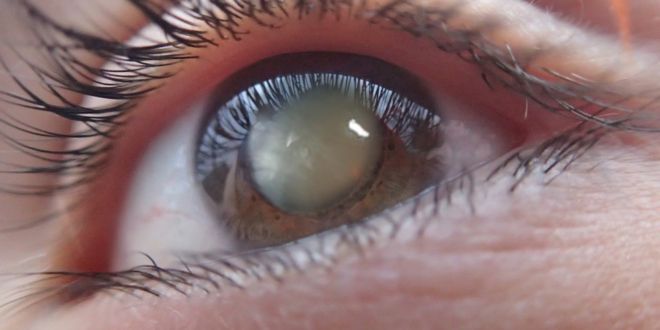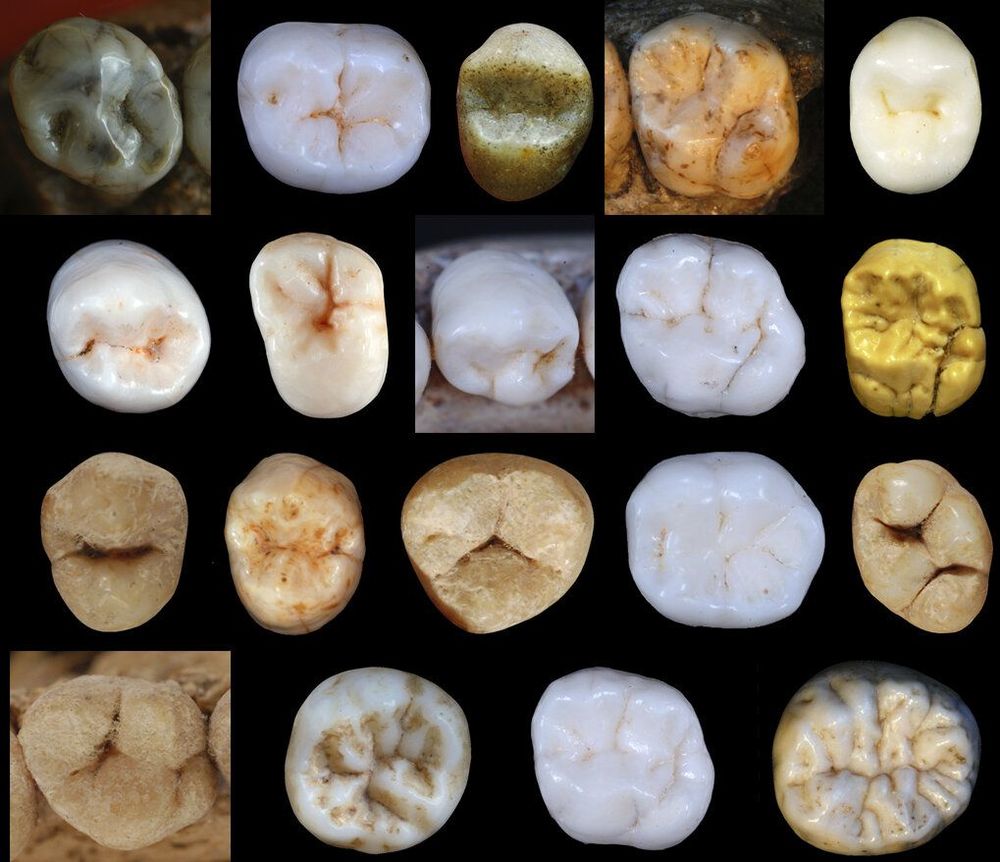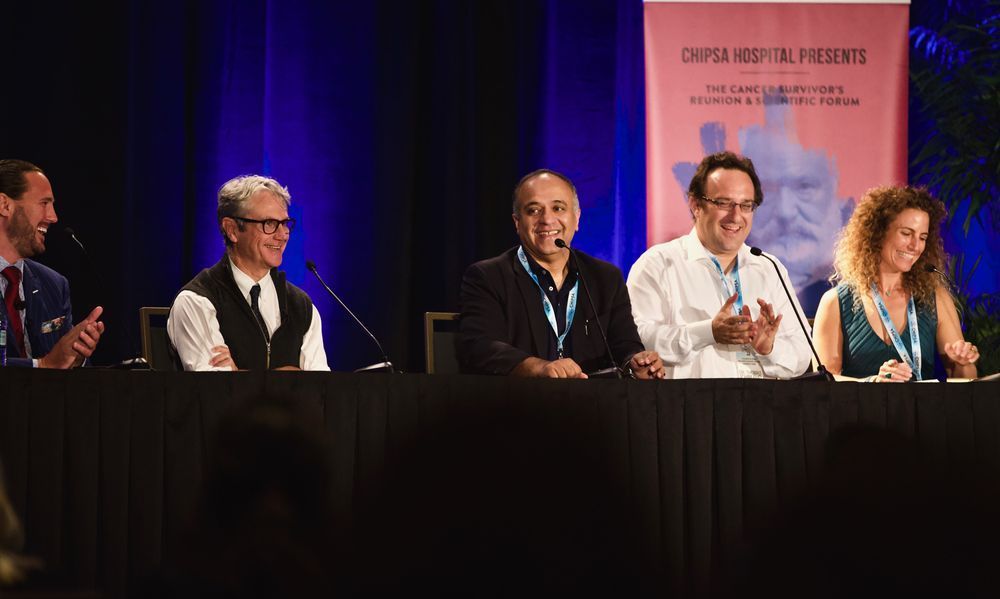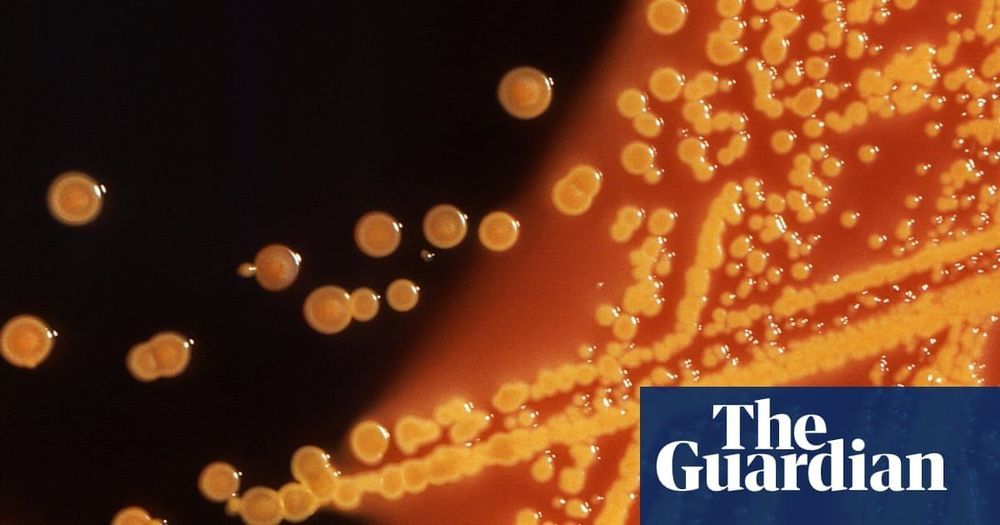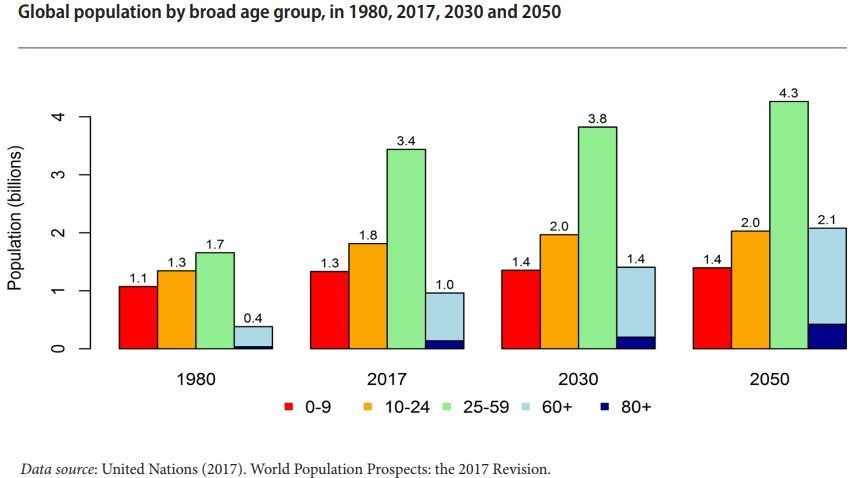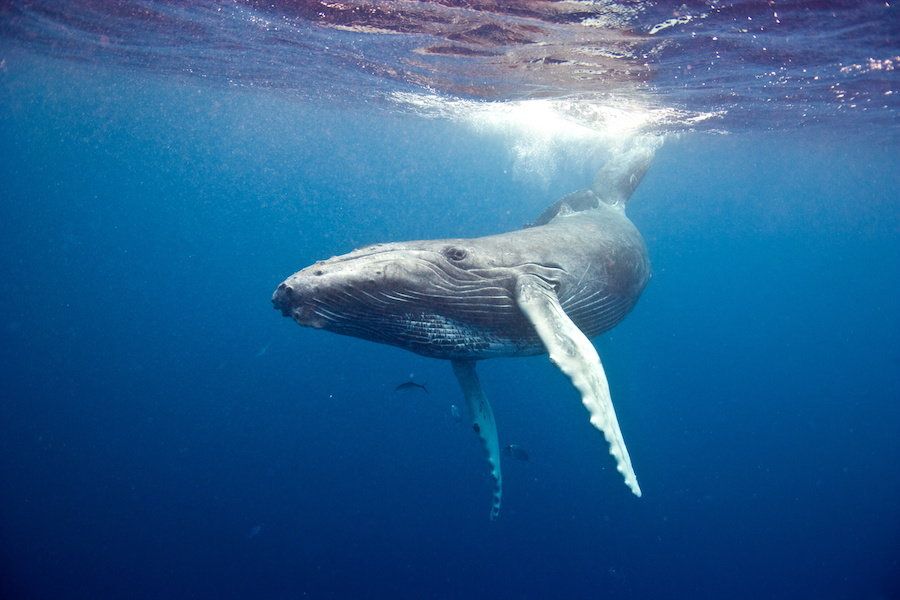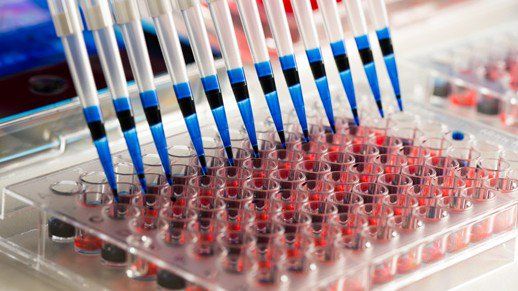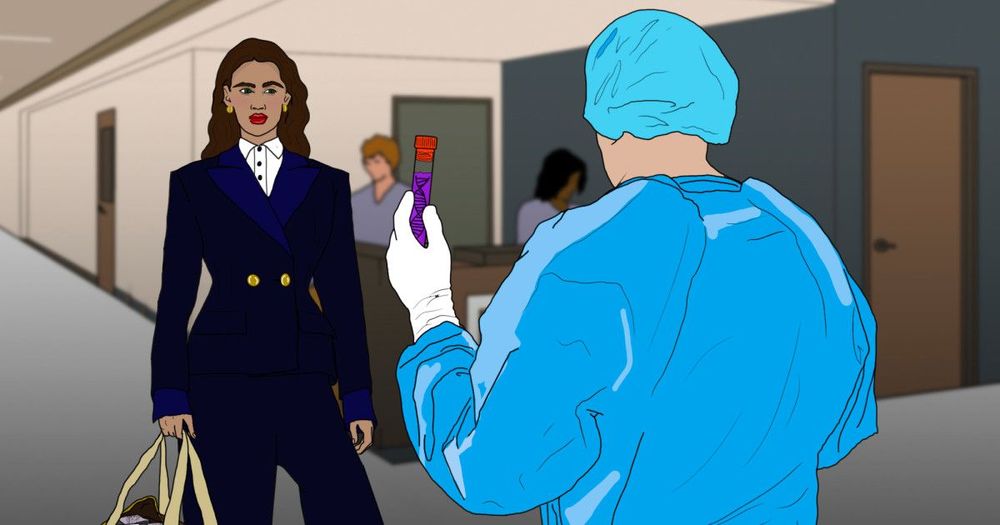A team of researchers affiliated with several institutions in China has developed a hydrogel that can stop bleeding from a punctured artery. In their paper published in the journal Nature Communications, the group describes how the hydrogel was made and how well it worked on test animals.
Uncontrolled bleeding is a very serious situation, both during surgical procedures and as a result of trauma. In most cases, it is the result of damage to a major artery or an organ like the liver. In all cases, immediate action must be taken or the victim will die. Currently, treatment for such wounds involves clamping the artery and then using sutures to close the wound. In the past, researchers have attempted to create a type of glue to stem such wounds, but thus far, none of them has worked as hoped—they were either made of toxic materials or were not strong enough to stand up to the high liquid pressure in the bloodstream. In this new effort, the researchers have developed a new type of hydrogel that solves both problems.
The researchers report that the hydrogel is made of water, gelatin and a mix of proteins and other chemicals. It was designed to be as close as possible in structure to human connective tissues. When UV light shines on the gel, it thickens and solidifies, adhering to the wound, preventing blood from flowing out. And it does so in just 20 to 30 seconds. The researchers note that it could also stand up to 290-mmHg blood pressure—much higher than normal.
